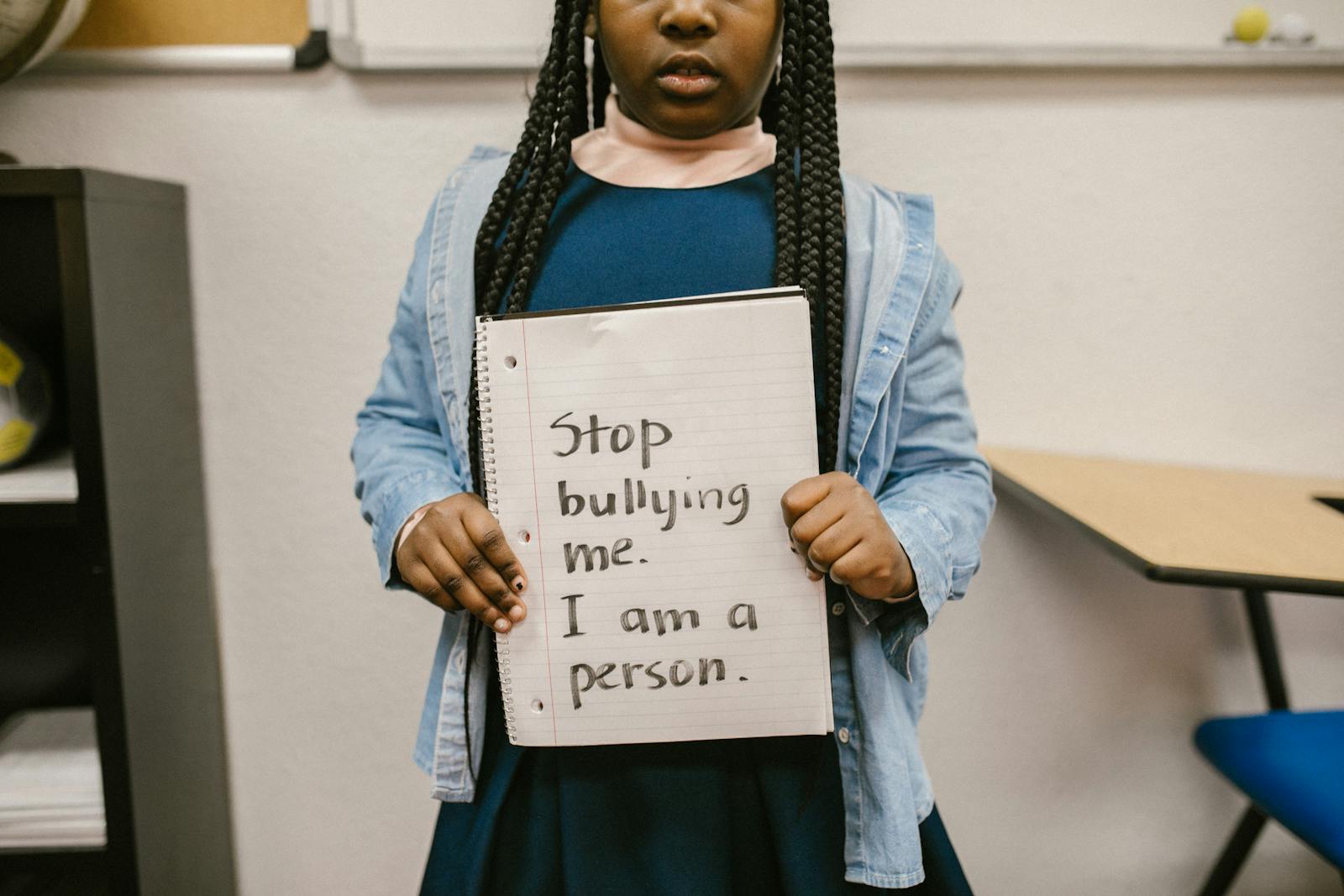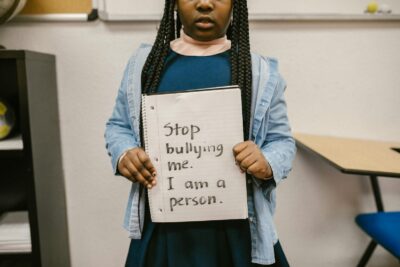We must never forget: girls are not here to prove their goodness by sacrificing their safety. Time and time again, the world asks girls to silence
We must never forget: girls are not here to prove their goodness by sacrificing their safety.
Time and time again, the world asks girls to silence their discomfort. To override their instincts. To open the doors of their most private spaces in the name of kindness, inclusion, or someone else’s comfort.
But what about them?
Girls—who are still learning what it means to feel safe in their own skin.
Girls—who carry the trauma of being touched, watched, followed, or harmed.
Girls—who deserve boundaries, not guilt.
No girl can consent to something she was never truly free to refuse.
And no just society asks her to.
We do not protect girls by asking them to accommodate. We protect girls by teaching the world to respect their ‘no’—even when it’s quiet. Even when it’s unspoken. Even when it is inconvenient to hear.
Consent is not a loophole.
Safety is not up for debate.
And our girls? They are not collateral.
🛑 1. Consent Cannot Exist Under Pressure
Girls are often socially conditioned to be polite, accommodating, and avoid conflict. This creates a power imbalance that makes any “consent” offered in these situations inherently coerced, not freely given.
🚫 2. Consent Must Be Fully Informed
True consent requires understanding all implications. Most girls are not equipped to grasp the long-term emotional, psychological, and safety risks of allowing boys into their private spaces.
🚷 3. Children Cannot Waive Their Right to Safety
Even if a girl says “yes,” society has a duty of care. No child can give up their right to protected, same-sex spaces—especially when those spaces exist precisely to mitigate risk.
🧠 4. Consent Requires Developmental Maturity
Girls are still developing their sense of identity, boundaries, and self-worth. Expecting them to navigate complex gender politics and risk assessments is developmentally inappropriate.
⚖️ 5. Imbalance of Power Invalidates Consent
When boys are given access to girls’ spaces, girls are in the weaker position—socially, physically, and emotionally. Consent given under unequal conditions isn’t valid.
🩹 6. Consent Cannot Be Assumed in Trauma-Affected Spaces
Many girls in single-sex spaces (e.g., shelters, bathrooms, locker rooms) are Survivors of abuse. Their trauma makes it unethical and unsafe to assume consent in shared spaces with boys, even if unspoken.
💬 7. Silence Is Not Consent
Girls may feel unsafe, ashamed, or unsure about voicing discomfort. The absence of protest is not proof of consent—it often reflects fear or confusion.
🧍♀️ 8. Girls Deserve Autonomy Without Guilt
Teaching girls that they must include boys in private spaces trains them to ignore their own discomfort and erodes their ability to say “no”—a foundational violation of consent culture.
🛡 9. Consent Cannot Contradict Safeguarding
Safeguarding exists precisely because children cannot always anticipate harm. If consent contradicts safety standards, safety must prevail. Inclusion must never override protection.
📣 10. True Consent Requires the Freedom to Refuse
Inclusion policies often make dissent impossible. Girls can’t “opt out” of spaces once boys are included. If a girl cannot safely and freely say no, then any “yes” is invalid.
If we want girls to grow up strong, confident, and safe—we must stop teaching them to betray themselves in the name of being “nice.”
We must stop expecting them to say “yes” when everything in their spirit is screaming “no.”
Stop dressing up discomfort as maturity.
Stop mistaking silence for consent.
Stop placing the weight of someone else’s inclusion on a girl’s back.
Respect girls.
Honor their boundaries.
Protect their spaces.
Let them have the “no” that so many women were never allowed to say.
This is not about exclusion.
This is about protection.
About prevention.
About preservation of girlhood itself.
Our girls are watching.
And more than anything, they deserve to see that we had the courage to stand for them—when it mattered most.

